Haemong (해몽)
1.6Km 2021-03-19
15-5, Insadong-gil, Jongno-gu, Seoul
+82-2-735-4229
A barbecue specialty restaurant located in Insa-dong, Seoul. The most famous menu is grilled pork belly. A Korean BBQ restaurant.
Baan Khun Kwan (반쿤콴(B.K.K))
1.6Km 2021-04-12
20, Jong-ro 10-gil, Jongno-gu, Seoul
+82-2-725-1688
This restaurant is decorated in the 'Thai' style. The best menu at this restaurant is rice noodle soup with beef. This Thai (cuisine) restaurant is located in Jongno-gu, Seoul.
Matborae Jeukseok Tteokbokki (맛보래즉석떡볶이)
1.6Km 2021-03-19
9, Insadong, 3-gil, Jongno-gu, Seoul
+82-2-720-4831
A spicy rice cakes specialty restaurant located in Insa-dong, Seoul. The most famous menu is stir-fried rice cake with cheese. Jjajang tteokbokki is also delicious.
Ilpum Garden (일품가든)
1.6Km 2021-03-30
109-10, Seosomun-ro, Jung-gu, Seoul
+82-2-3789-7295
This is a restaurant where you can taste both shabu-shabu (sliced meat and vegetables boiled in water) and roasted meat. This Korean dishes restaurant is located in Jung-gu, Seoul. The representative menu is shabu-shabu.
Masinneungimchijjim&Sundubu (맛있는김치찜&순두부)
1.6Km 2021-03-20
31, Ujeongguk-ro, 2-gil, Jongno-gu, Seoul
+82-2-722-1095
Selling spicy soups, it’s a good place to visit after visiting Cheonggyecheon. This Korean dishes restaurant is located in Jongno-gu, Seoul. The most famous menu is pork and kimchi stew.
Sieunjae [Korea Quality] / 시은재 [한국관광 품질인증]
1.6Km 2021-04-05
439, Samil-daero, Jongno-gu, Seoul
+82-10-5355-3029
Located in Gyeongun-dong, Jongno-gu at the very heart of Seoul, Sieunjae is a hanok with a longstanding tradition. It has three guestrooms including the anbang (main room), byeolchae (detached building), and jakeunbang (small room). The anbang is the only room with a living room, where various items of old furniture, including a comfortable sofa, create an antique atmosphere. The communal bathroom and toilets are supplied with toiletries, while the communal kitchen is equipped with cooking equipment and a washing machine.
The house can be rented either as individual accommodations or in its entirety. As it is situated in Jongno-gu, at the very heart of Seoul, guests can easily reach many nearby major tourist attractions. Car users are advised to use the public parking lot as the house has no parking spaces. Entering by a small gate, the little flowerbed comes into sight. This old hanok shows traces of repair works on the tiled roof.
Hotel The Plaza (플라자호텔)
1.6Km 2019-02-07
119, Sogong-ro, Jung-gu, Seoul
+82-2-771-2200
The hotel is ideally situated in the center of Seoul, located close to many office areas, major banks, the hotel, and the city's main public transportation junctions. Namdaemun Gate and many shopping areas are not too far, making it convenient for business guests and tourists alike. Also, the hotel faces the Blue House and the former City Hall building directly at closer distance, completing a spectacular view over Seoul.
Mugyodong Geujip (무교동그집)
1.6Km 2021-03-18
8, Namdaemun-ro 9-gil, Jung-gu, Seoul
+82-2-319-0075
This Korean cuisine is located near Euljiro 1(il)ga Station, Seoul. The representative menu is assorted savory pancakes. A great store to visit on a rainy day.
Inwoohouse [Korea Quality] / 인우하우스 [한국관광 품질인증]
1.6Km 2023-04-13
9, Gyedong 6-gil, Jongno-gu, Seoul
02-742-1115
Run by a couple hailing from Bukchon, Inwoo House is located in an alleyway in Gye-dong, Jongno-gu, which is part of Bukchon that is well-known for old hanok houses. Inwoo House, meaning 'the house of Inwoo,' is inhabited by the owner couple and eight-year-old son Inwoo and his younger brother Yeonwoo. The couple, who have always lived in Bukchon, moved to Inwoo House in 2010; their parents run another guesthouse -- Yeonwoo House -- in Gahoe-dong, which isn’t far from Inwoo House. These two hanok guesthouses seek to provide guests with an opportunity to experience the true aspect of traditional Korean house amid the natural environment. Inwoo House, which has the typical style of hanok in the area, features a cozy yard, a toenmaru (narrow wooden porch running along the outside of the building), and several charming decorative items. It has three rooms – Tokki-bang and Haejanggeum-bang situated in Sarangchae (a detached building) and Nori-bang, which is a communal space. Due to its quiet location, guests can enjoy relaxation with a serene atmosphere in their rooms, which are decorated with calligraphic works and furniture inlaid with mother-of-pearl in a simple way. Each room is equipped with a bathroom. The guesthouse offers breakfast such as toast or tteokguk (rice cake soup). Inwoo House is an ideal place to stay for guests with children as the owner couple have children with whom children can play in the alley, yard, or toenmaru with an interesting hanok environment. The guesthouse also provides various traditional activities including traditional Korean clothes experience, traditional Hanji (Korean paper) craft experience, traditional knot bracelet making, and fan decorating, which are popular among foreign tourists and children. It is adjacent to restaurants, coffee shops, convenience store, and other tourist attractions including Gyeongbokgung Palace, Changdeokgung Palace, Insa-dong, and Samcheong-dong.
Altar Hwangudan (환구단)
1.6Km 2021-07-30
Sogong-ro 112, Jung-gu, Seúl
El Altar Hwangudan es uno de los altares donde se realizaban rituales sagrados. Los primeros se hicieron durante la dinastía Goryeo, a cargo del rey Seongjong, en el primer mes de 983 (2º año de su reinado), pero su realización se vio interrumpida en diversos períodos hasta que en 1456, ya en la dinastía Joseon, se retomaron estas prácticas. El Altar Hwangudan empezó a tener rituales 1457, pero en 1464 se abolieron nuevamente hasta 1897.
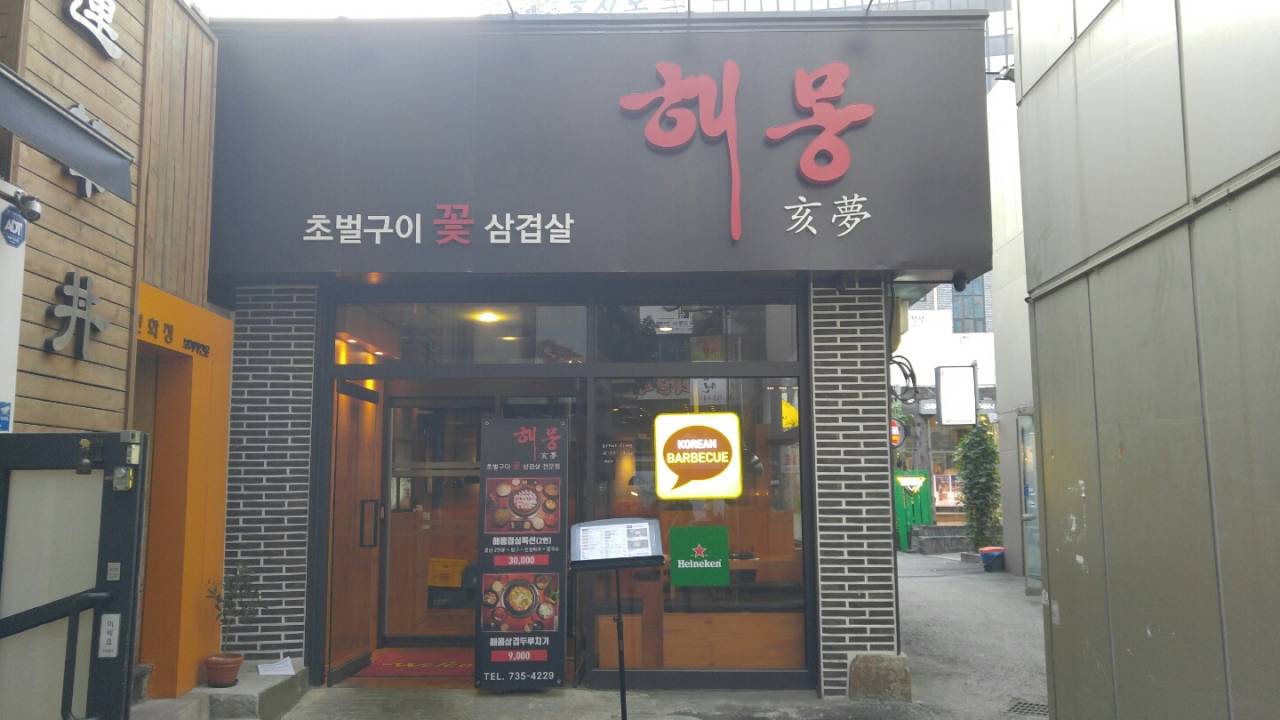
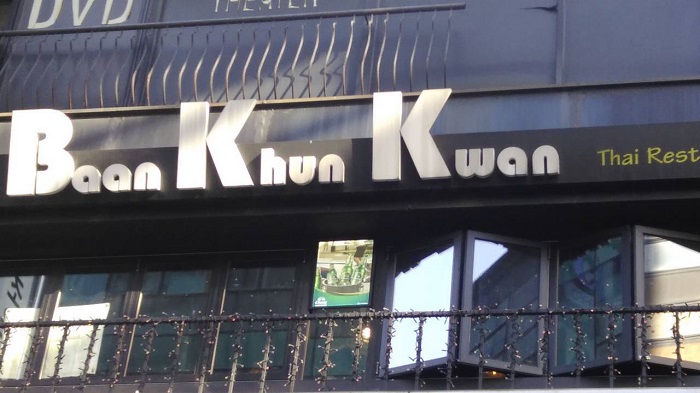
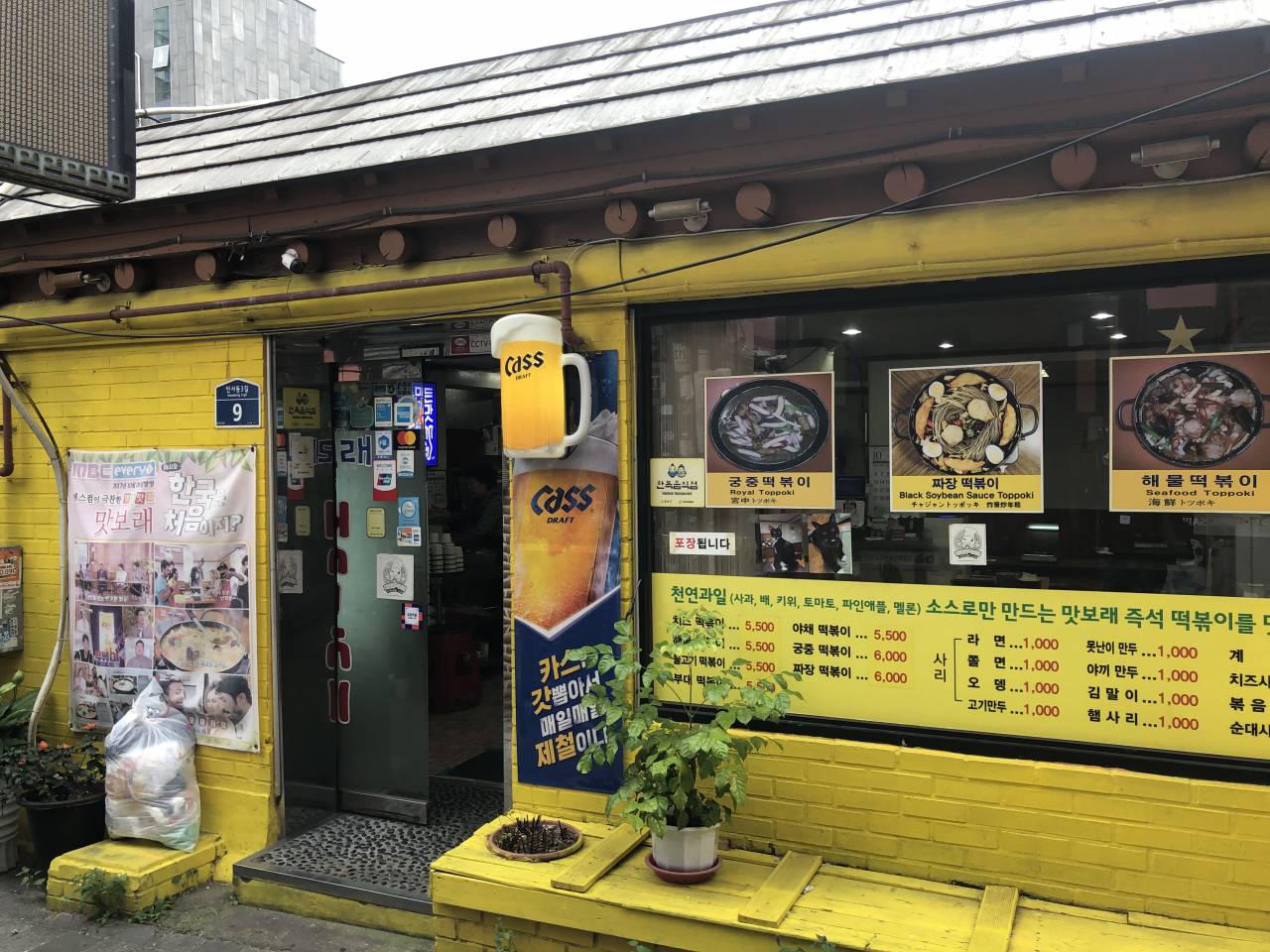
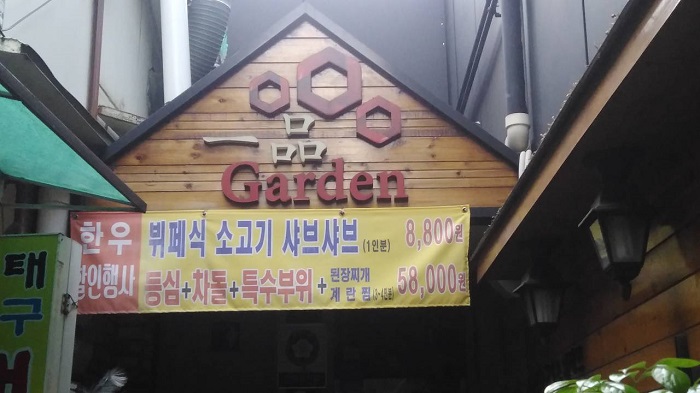
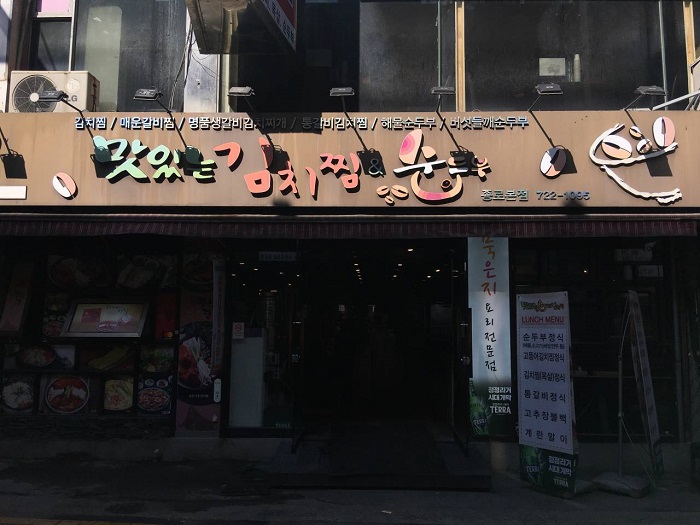
![Sieunjae [Korea Quality] / 시은재 [한국관광 품질인증]](http://tong.visitkorea.or.kr/cms/resource/51/2447351_image2_1.jpg)

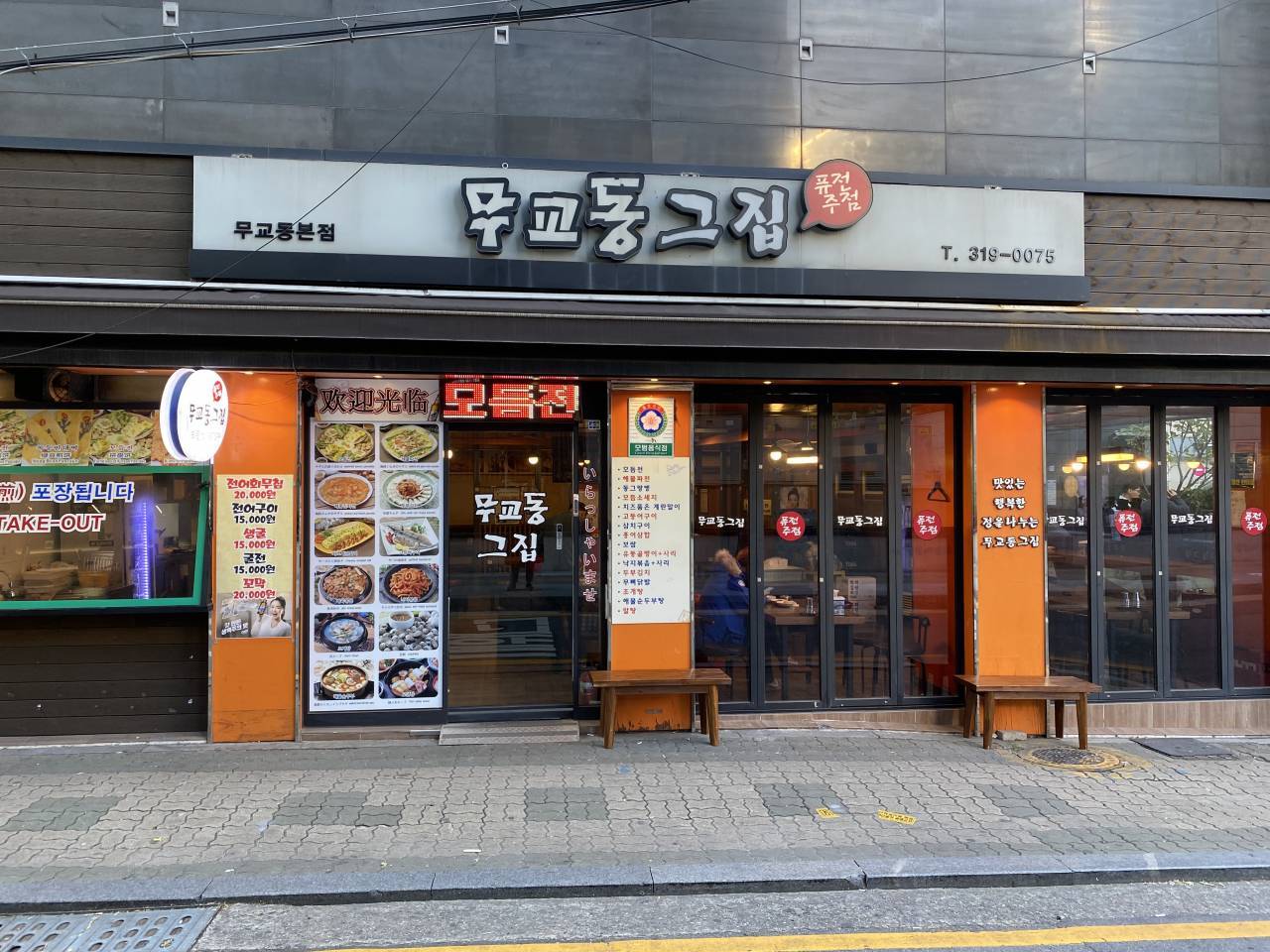
![Inwoohouse [Korea Quality] / 인우하우스 [한국관광 품질인증]](http://tong.visitkorea.or.kr/cms/resource/64/2633664_image2_1.jpg)
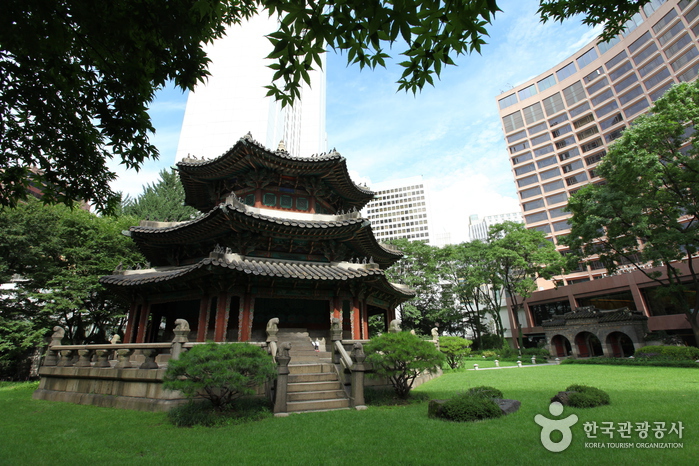
 Español
Español
 한국어
한국어 English
English 日本語
日本語 中文(简体)
中文(简体) Deutsch
Deutsch Français
Français Русский
Русский